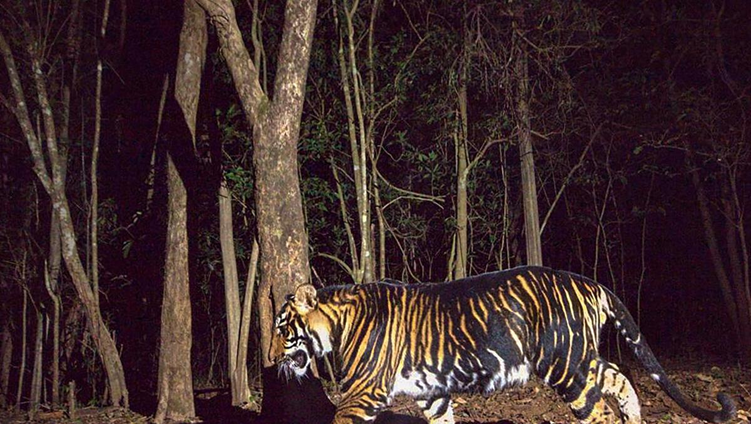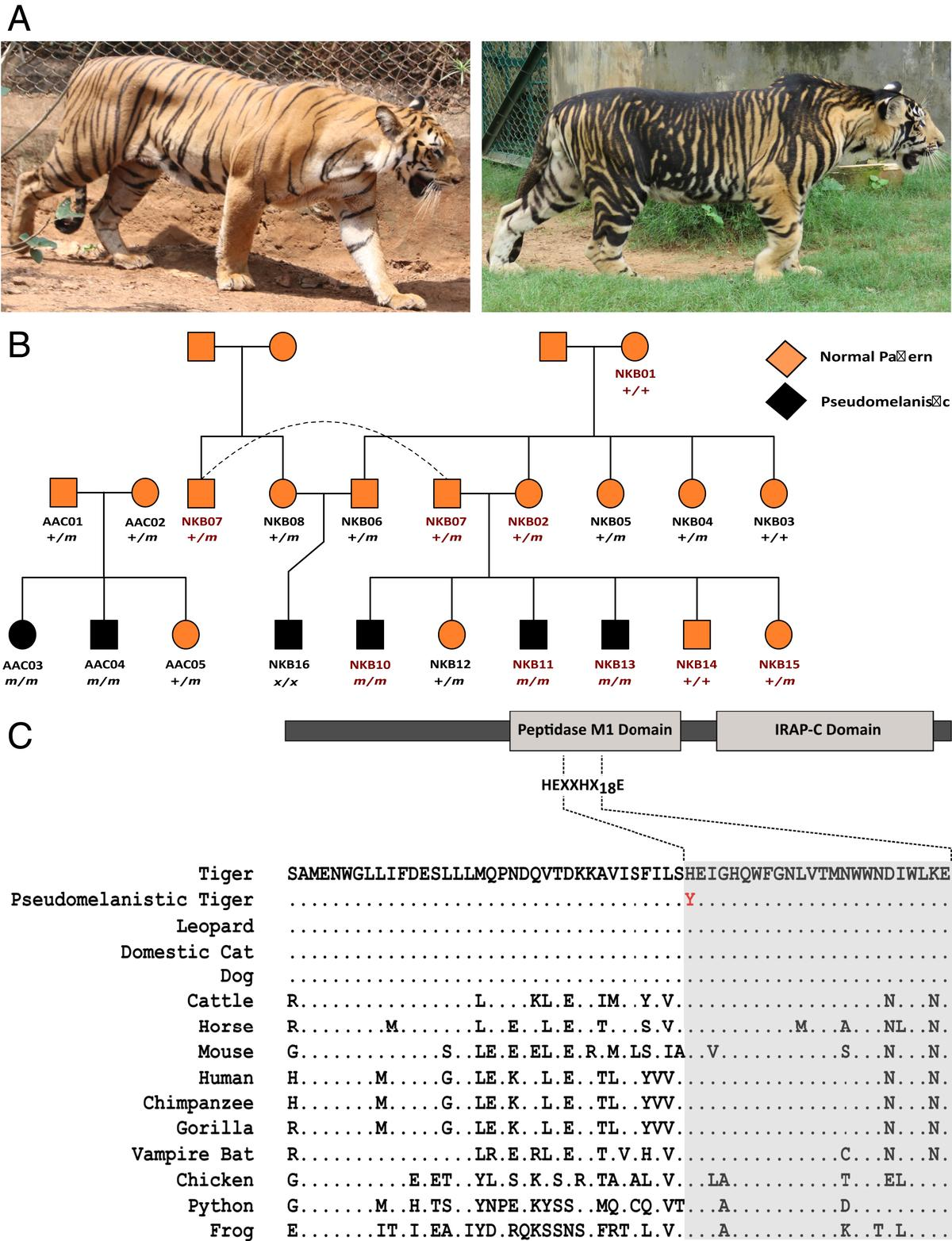- Courses
- GS Full Course 1 Year
- GS Full Course 2 Year
- GS Full Course 3 Year
- GS Full Course Till Selection
- Answer Alpha: Mains 2025 Mentorship
- MEP (Mains Enrichment Programme) Data, Facts
- Essay Target – 150+ Marks
- Online Program
- GS Recorded Course
- Polity
- Geography
- Economy
- Ancient, Medieval and Art & Culture AMAC
- Modern India, Post Independence & World History
- Environment
- Governance
- Science & Technology
- International Relations and Internal Security
- Disaster Management
- Ethics
- NCERT Current Affairs
- Indian Society and Social Issue
- NCERT- Science and Technology
- NCERT - Geography
- NCERT - Ancient History
- NCERT- World History
- NCERT Modern History
- CSAT
- 5 LAYERED ARJUNA Mentorship
- Public Administration Optional
- ABOUT US
- OUR TOPPERS
- TEST SERIES
- FREE STUDY MATERIAL
- VIDEOS
- CONTACT US
What are melanistic tigers?
What are melanistic tigers?
06-11-2024

- A tigress from the Tadoba-Andhari Tiger Reserve in Maharashtra was moved to the Similipal Tiger Reserve in Odisha on October 28, 2024.
- This move is part of a plan by the Odisha government to improve the genetic diversity of the tiger population in the region, which has been affected by inbreeding and an increase in pseudo-melanistic tigers, often called black tigers.
- Inbreeding is the mating of individuals who are closely related genetically, such as siblings or parent-offspring pairs.
- This practice can lead to a higher chance of offspring inheriting genetic disorders or unfavorable traits because there is a greater likelihood that both parents carry the same harmful recessive genes.
- Inbreeding is often a concern in animal breeding and conservation, as well as in human populations, where it can impact genetic diversity and health.
The Tigress:
- Age: She is 2 years and 7 months old.
- Observation: After her arrival, she will be kept in a special enclosure for observation before being released into the South Division of Similipal.
- Genetic Benefits: Experts believe that introducing this tigress will help reduce the issues caused by inbreeding in the local tiger population.
What are Pseudo-Melanistic Tigers?

- Pseudo-melanistic tigers have a dark coat with black fur, where the usual white and orange stripes are less visible. Their look can appear almost like a reversal of a normal tiger's colors.
- Historical Background: For a long time, these tigers were thought to be mythical. The first evidence of their existence was a painting from the 1700s. Sightings were rare until a cub with unusual markings was born in a zoo in 1970.
- Recent Sightings: The last known sighting of a pseudo-melanistic tiger was in 2017-2018 in the Similipal Tiger Reserve.
How Do They Get Their Color?

- Pseudo-melanistic tigers are a color variant of Bengal tigers, caused by a genetic mutation.
- This mutation affects how their stripes appear, causing them to spread and sometimes making the tiger look almost completely black.
- Where They Are Found: This mutation is mostly found in the Similipal population. Other black tigers have been seen only in zoos and are related to the Similipal lineage.
The Mutated Gene:
- A study from 2021 identified the specific gene responsible for the darker coloration.
- This gene is called Taqpep, which is involved in determining fur patterns in various cat species.
- The mutation changes a specific part of the Taqpep gene, which affects how stripes are formed.
- In Similipal, a significant number of tigers carry this mutated gene, with studies showing a 60% chance that a tiger born there will have it.
Why Are Mutations Common in Similipal?
- Most of Odisha’s tigers live in Similipal. A recent count showed that out of 30 tigers in Odisha, 27 are in Similipal.
- High Rates of Pseudo-Melanistic Tigers: Out of the 27 tigers, at least 13 (seven females and six males) are pseudo-melanistic. This unique trait is not found in other wild habitats worldwide.
- Scientists found that the high number of these mutations comes from the tigers being isolated from other groups.
- This isolation leads to inbreeding, increasing the chance of passing down the mutated gene.
- Random chance also plays a role in why certain mutations can become more common in a population.
About Similipal Tiger ReserveLocation:
History and Current Status:
Geography:
Vegetation: Diverse forest types with Northern tropical moist deciduous forests dominating, alongside semi-evergreen patches. Fauna:
Flora: Over 1,078 species of plants, including 94 species of orchids. |
Must Check: Best IAS Coaching In Delhi
UPSC Prelims Result 2024 Out: Expected Cut Off & Other Details, UPSC Prelims 2024 Answer with Explanation, Daily Prelims Quiz, Daily Current Affairs, MONTHLY CURRENT AFFAIRS TOTAL (CAT) MAGAZINE, Best IAS Coaching Institute in Karol Bagh, Best IAS Coaching Institute in Delhi, Daily Mains Question Answer Practice, ENSURE IAS UPSC Toppers, UPSC Toppers Marksheet, Previous Year Interview Questions, UPSC Syllabus




